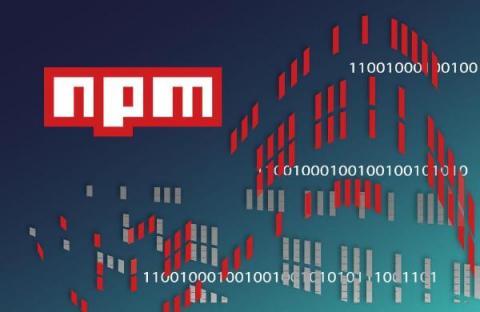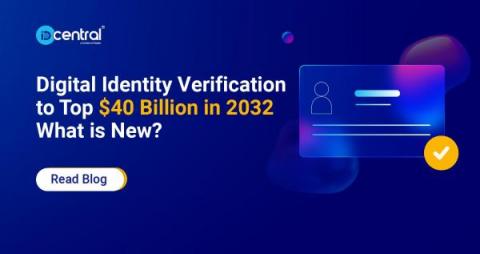Trustwave Action Response: Zero Day Vulnerabilities in Microsoft Exchange Server 2013, 2016, and 2019
Trustwave security teams are aware of two zero-day vulnerabilities (CVE-2022-41040 and CVE-2022-41082) impacting Microsoft Exchange Server 2013, 2016, and 2019 and organizations with Outlook Web Access facing the Internet. If exploited, the vulnerabilities can allow an attacker to elevate privilege and remote code execution capability. We immediately investigated the vulnerabilities and potential exploits and continue to monitor the situation.









